Western honey bee (Apis mellifera)
🐝 Western Honey Bee (Apis mellifera)
The Western honey bee, Apis mellifera, is one of the most important and recognizable insect species on Earth. Known for its crucial role in pollination and honey production, this bee has been domesticated and spread globally, becoming a pillar of agriculture and natural ecosystems.
🔍 Identification
- Size:
- Workers: ~12–15 mm
- Queens: ~18–20 mm
- Drones (males): ~15–17 mm
- Coloration:
- Brown or golden-yellow with black bands
- Covered with fine hairs that aid in pollen collection
- Body Structure:
- Three-part body: head, thorax, abdomen
- Two pairs of wings and large compound eyes
🌍 Distribution & Habitat
- Native Range:
- Originally from Europe, Africa, and western Asia
- Introduced Globally:
- Now present on every continent except Antarctica
- Habitat:
- Found in woodlands, grasslands, farmlands, and urban gardens
- Live in colonies inside hives, tree cavities, or man-made boxes
🍯 Behavior & Life Cycle
- Social Structure:
- Highly eusocial; live in colonies of 20,000–80,000 individuals
- One queen, thousands of female workers, and seasonal male drones
- Roles:
- Queen: Lays all the eggs (up to 2,000/day in peak season)
- Workers: Do everything else—nursing, foraging, hive cleaning, and defending
- Drones: Sole purpose is to mate with virgin queens
- Life Span:
- Queen: 2–5 years
- Workers: 5–7 weeks (longer in winter)
- Drones: Die shortly after mating
- Products:
- Honey: Produced from nectar for winter survival
- Beeswax: Used to build the hive’s comb
- Royal jelly, propolis, and bee pollen also produced
🌸 Pollination
- Vital Pollinator:
- Pollinates over 75% of leading global crops, including fruits, nuts, and vegetables
- Crucial for biodiversity and food security
🛑 Threats & Conservation
- Threats:
- Habitat loss, pesticide use, parasites (like Varroa destructor mites)
- Colony Collapse Disorder (CCD) in commercial hives
- Climate change affecting flower availability
- Conservation Actions:
- Promote organic and pollinator-friendly farming
- Support local beekeepers
- Plant native flowering plants and avoid chemical pesticides
📌 Summary
The Western honey bee is not just a honey-maker but a keystone species for both agriculture and natural ecosystems. Its intricate social system, industrious nature, and importance in pollination make Apis mellifera one of the most vital and celebrated insects on the planet. Protecting them means protecting a major part of our food web and biodiversity.
Visited 63 times, 1 visit(s) today
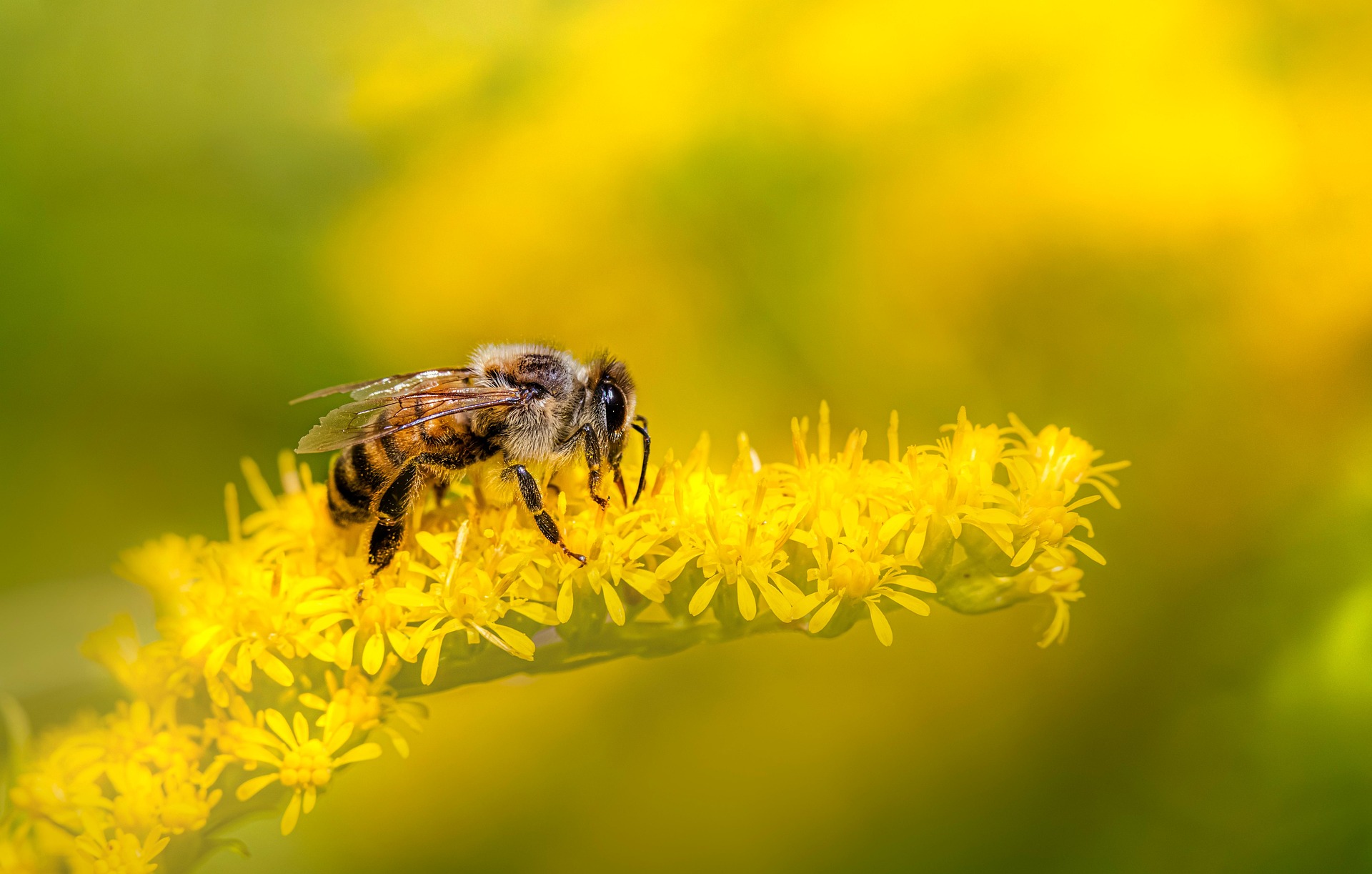
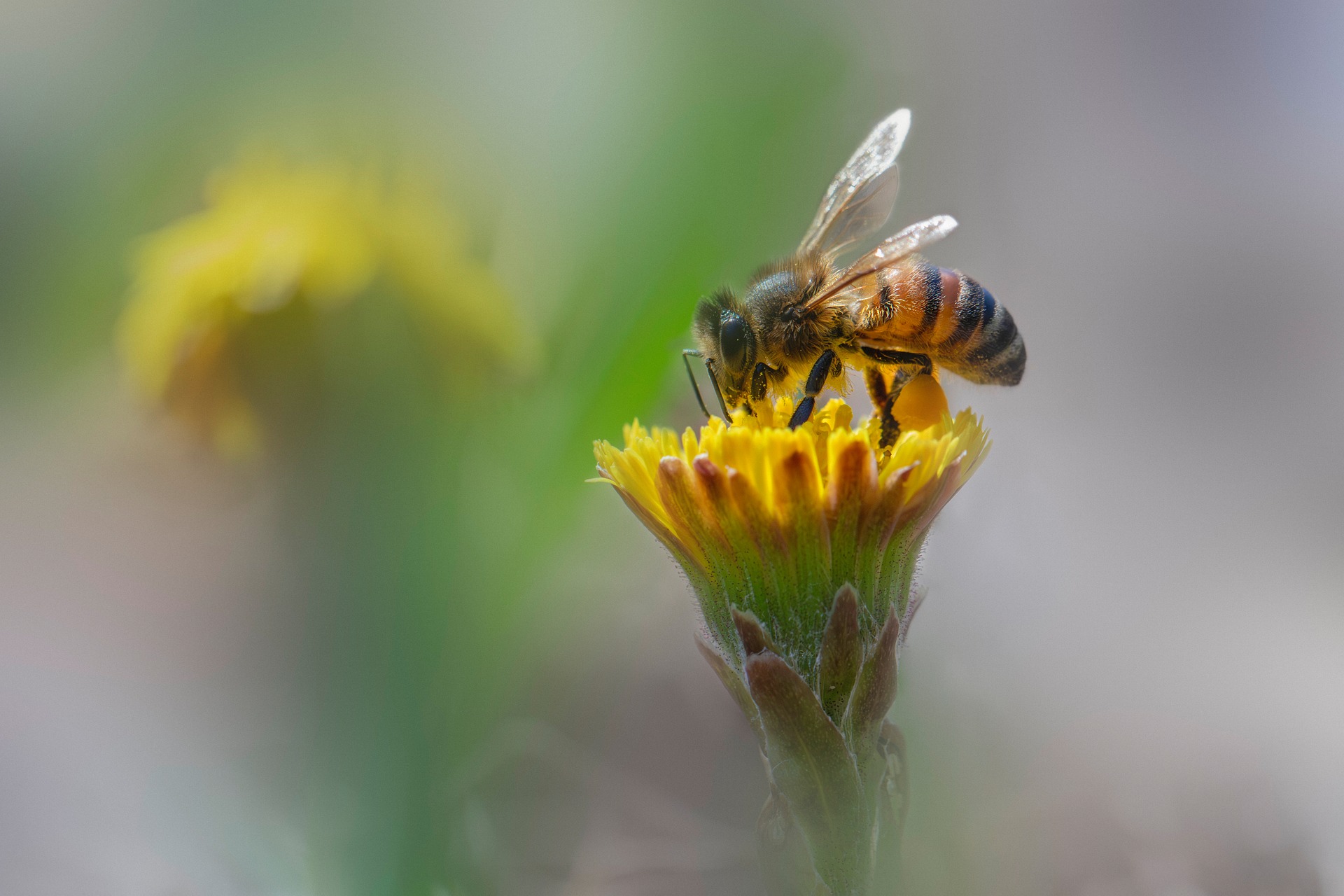


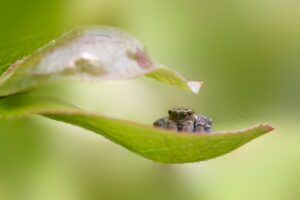
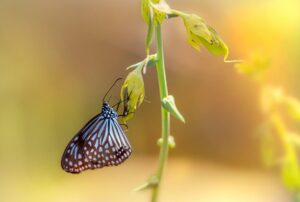

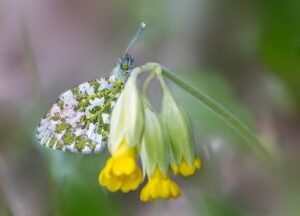
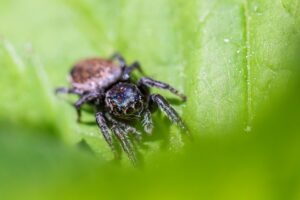
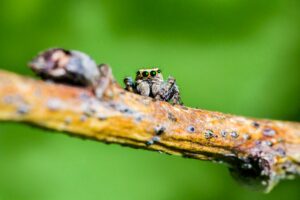
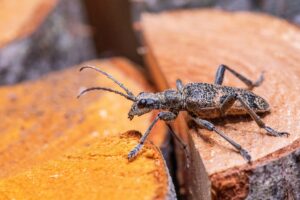

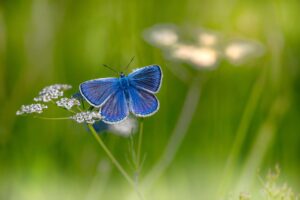
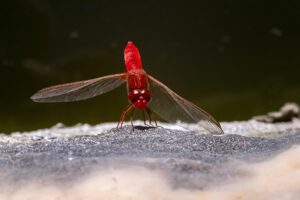
Post Comment